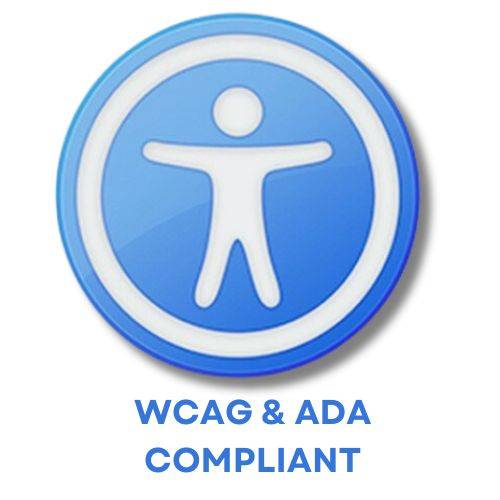We are here to positively impact our clients’ businesses and their future.
Plumbers
Dentist
SaaS
Mechanics
Non-Profit
Multi-Locations
Franchise
HVAC
Other








Don’t just take our word for it—listen to what our clients have to say!








Choose Nation Media as your digital marketing agency and propel your business to new heights with our award-winning digital marketing services and proprietary technology platform.



Experience the thrill of success with our cutting-edge marketing methodologies and advanced NMDFX technology. Elevate your company’s revenue to new heights as we propel your business forward. Let us take you on an exhilarating journey toward unprecedented growth.
Which statement describes your marketing needs best?

Otofonix has all the functionality at a fraction of the cost. After many different campaigns on other platforms, Otofonix was ready to try Facebook ADS. We set up their conversion tracking and started targeting specific audiences and gained enomorous return on our digital advertising campaign.

Oneill's Transmission was having a hard time getting leads when COVID-19 hit but their Google Ads campaign kept the business going. Giving them the consistent calls and jobs they needed during the pandemic.

Westward Industries sells compact, Electric Vehicles for diverse applications. Westward needed more traffic from organic search results to drive more sales. By creating a strong digital marketing campaign a few months after, our marketing efforts saw a significant increase in traffic and leads from their targeted demographic.

WMGB Home Improvement is a Grand Rapids owned business with a networth of $5,000,000 and about 30 employees but they have never seen wins on Facebook. After a 6 month campaign they're social media marketing was overflowing with leads.

375,000 Hours of Expertise

242+ Years of combined Digital Marketing Experience

1560+ Websites Launched

375,000 Hours of Expertise

5+ Digital Marketing
Masters On Staff

1800+ Websites Launched

















Schedule A Strategy Call
Talk to Our Lead Project Manager

Kaleb Nation